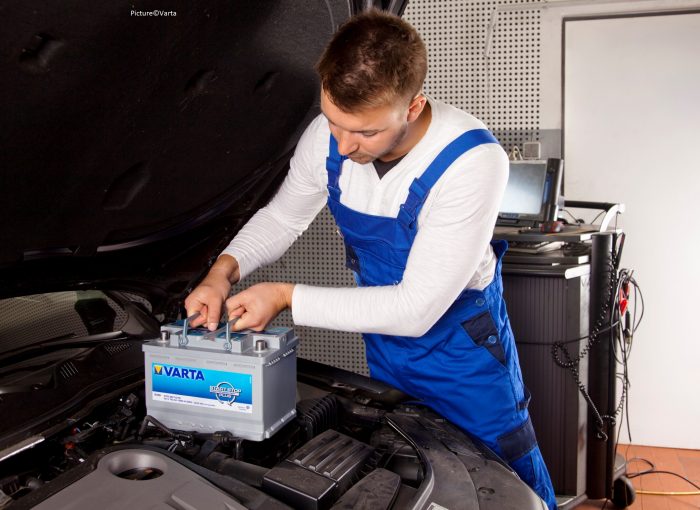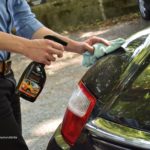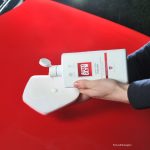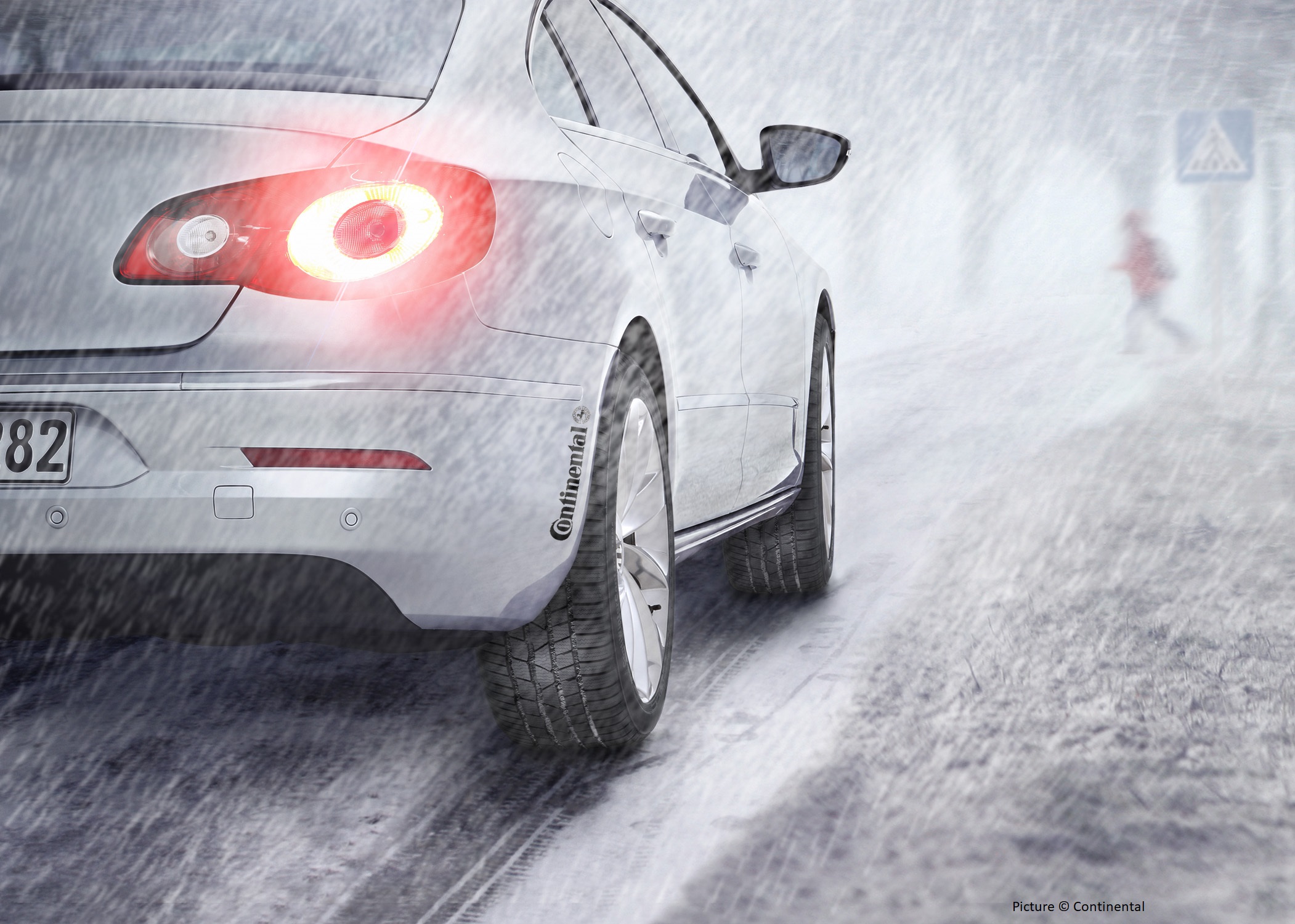We could say make sure you’ve got a cold weather kit including a blanket, some snacks and warm clothing with you. But a) we’ve done that already and b) you’ll ignore it. So, in the real world, there are a handful of things that will really make a difference if you’re preparing for winter driving.
Prepare your battery for winter driving
Car batteries don’t appreciate extremes of temperature. And the real reason most batteries fail during the winter is because they’ve suffered during the summer. Extreme heat causes the chemical reaction in batteries to speed up which in turn causes their ability to provide charge to decrease.
You probably won’t notice this until the weather gets colder. Engines, particularly diesels, are harder to turn over and therefore start in cold weather. The starter motor needs more beans and that draws more current from the battery powering it. Which is when the battery will cry enough.
The best way to find out whether your battery is in good shape or not is to have it checked over by a garage. They will make sure that it’s charging up properly and they’ll also investigate its cranking capabilities ie. how efficiently it’s working. Best of all, most will do it for free. And if the battery isn’t up to the job, you can have a new one fitted before you get stranded.
Clean inside your windows
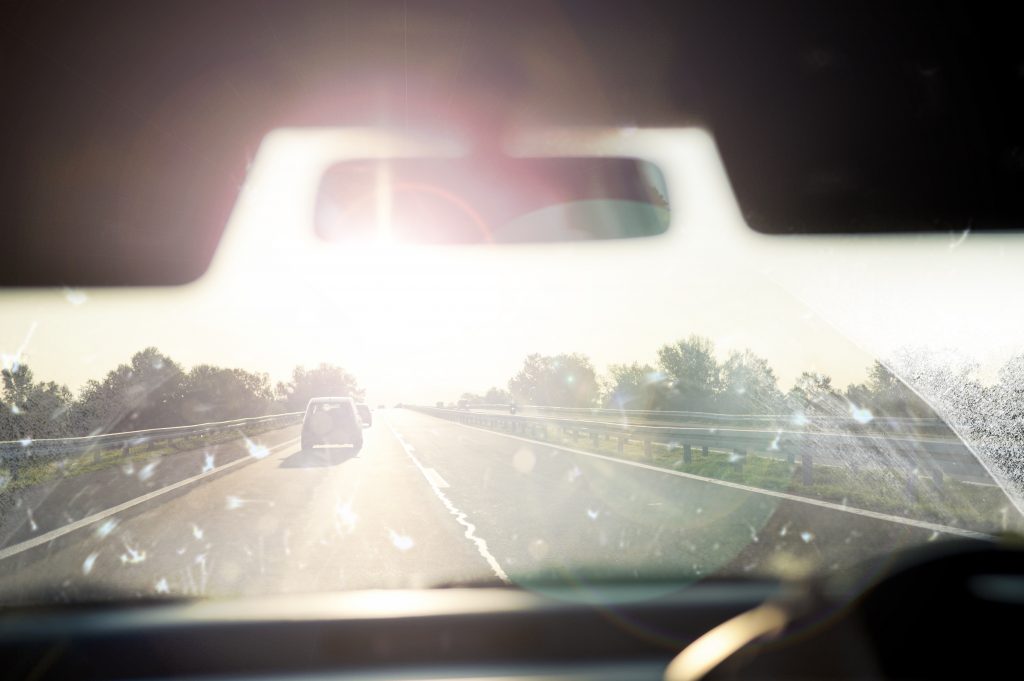
Over time, pollution in the atmosphere inside our cars builds up on the glass in the form of a greasy deposit. You probably won’t notice this until the sun shines. Then you may struggle to see through your windscreen. When the sun is low in the sky, like it is over the winter months, it makes it even worse. And that can have a serious impact on road safety.
A simple window clean should do the job. Using domestic window cleaning fluid with newspaper is a good trick as the grime sticks to it. If you don’t have window cleaning fluid, a half bucket of water with a cup of white vinegar in it should do the trick.
If you do the outside of the glass at the same time, wipe one horizontally, the other vertically. That way you’ll know instantly which side any smears are on.
Check your tyres

It’s frequently said that tyres are a car’s only contact with the road and it’s true. In the winter, tyres are given a particularly tough work out. Cold weather causes them to harden meaning they don’t grip the road as effectively. The less tread they have, the worse this becomes. That’s why winter tyres are designed to operate at below 7 degrees C.
The legal minimum tread depth is 1.6mm but many safety experts advise drivers to change their tyres when the tread gets down to 3mm. This is because stopping distances start to increase dramatically the more tyres wear beyond this.
Having tyres that are properly pumped up is important too in order to maximise tyre performance in bad weather. Checking tyres takes moments but it can make the difference between avoiding an accident or having one.

I’ve been writing about cars and motoring for more than 25 years. My career started on a long-departed classic car weekly magazine called AutoClassic. I’ve since pitched up at Autosport, Auto Express, the News of the World, Sunday Times and most recently the Daily Telegraph. When I’m not writing about cars and motoring, I’m probably doing some kind of sport or working in my garden.

